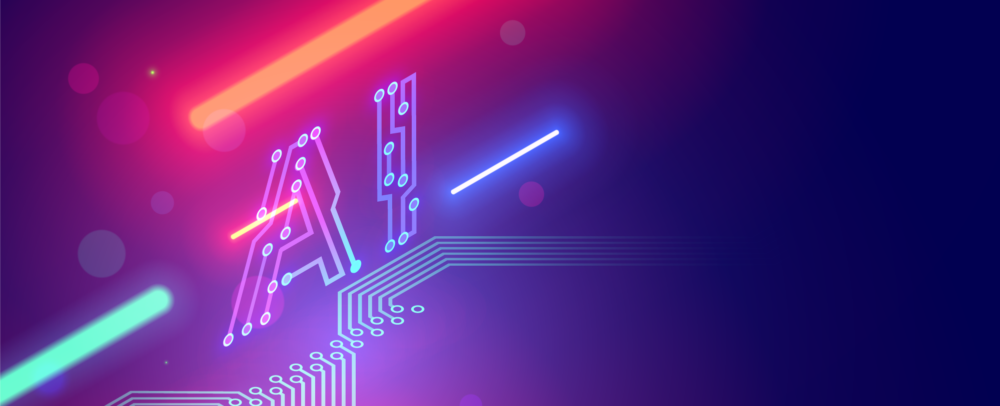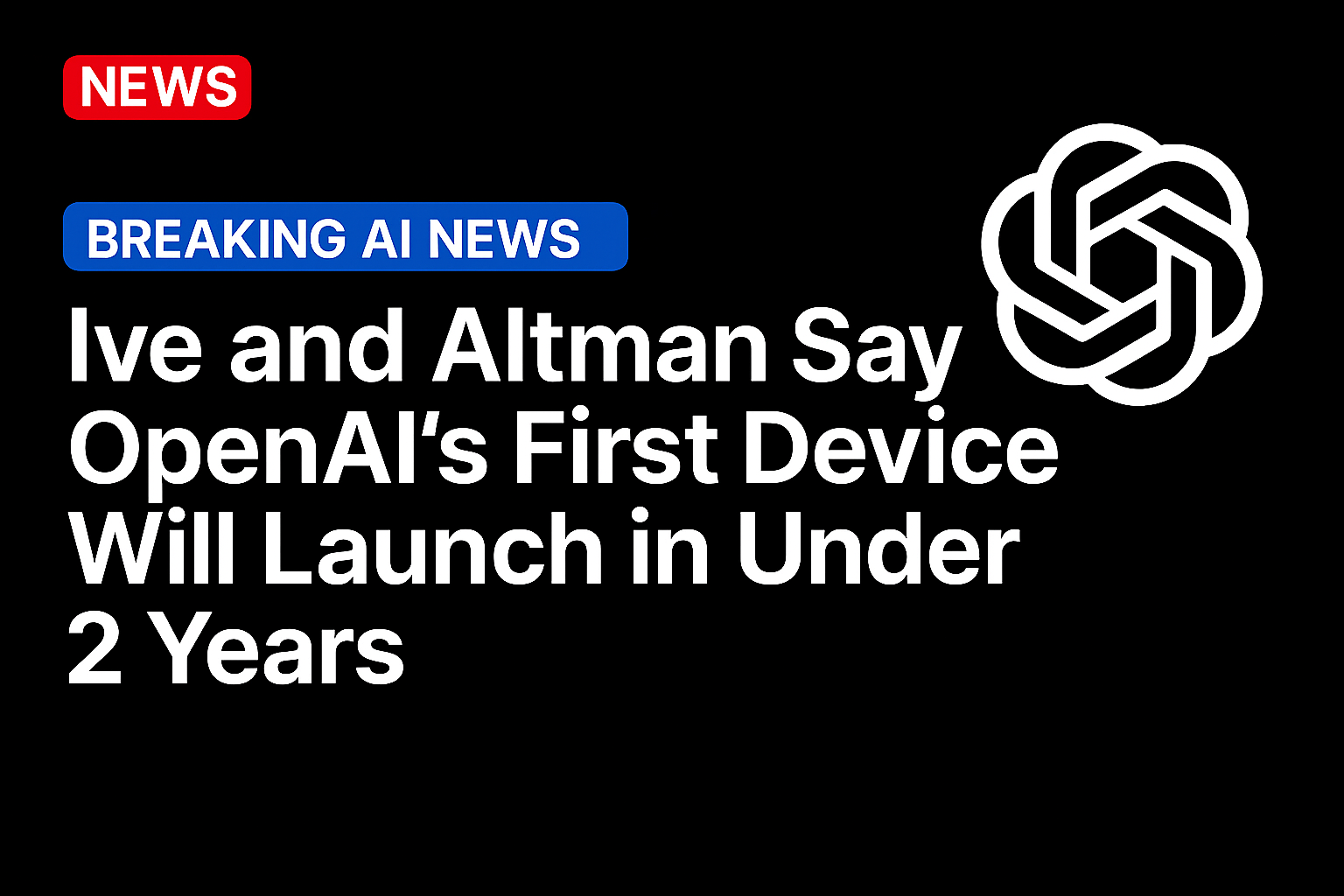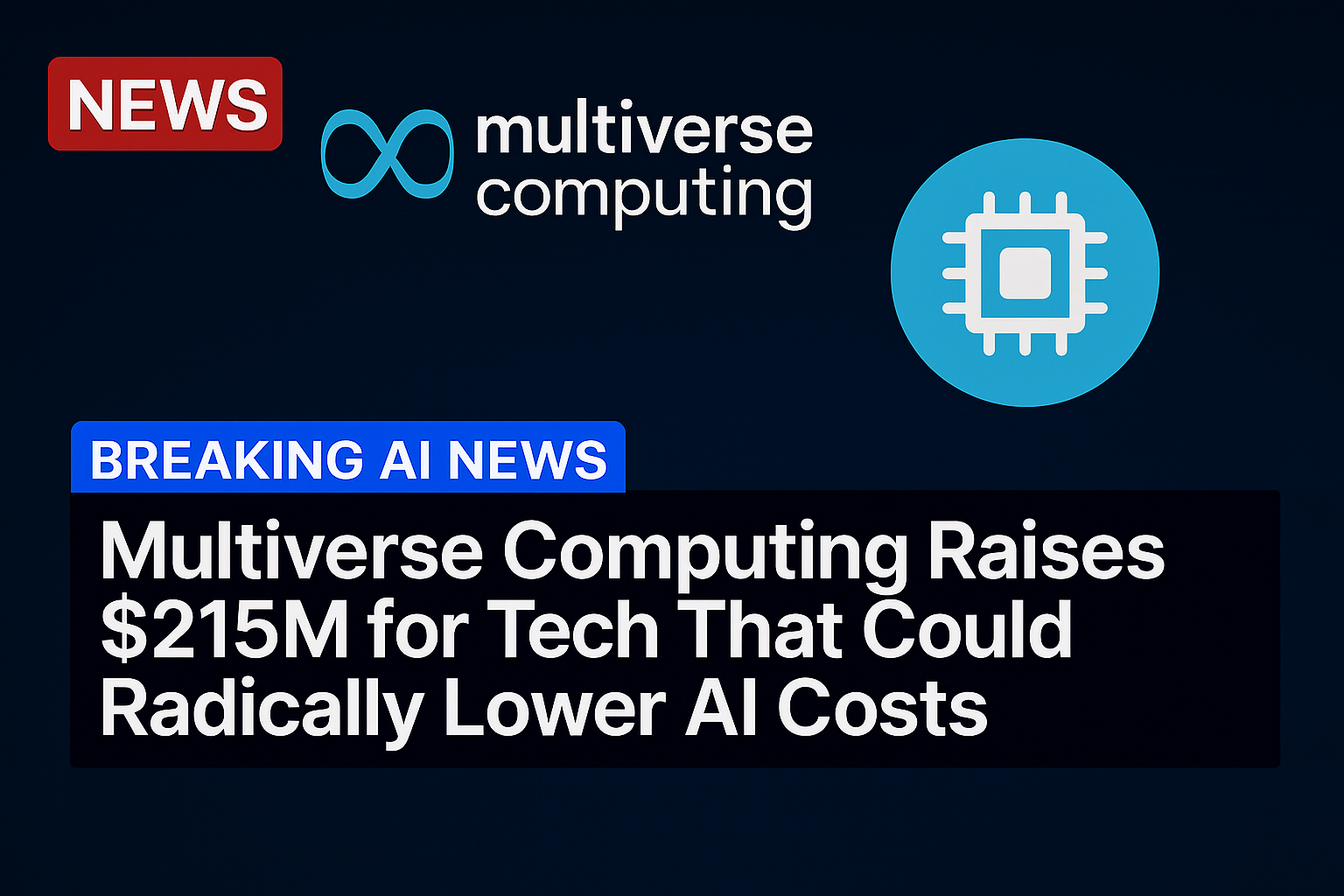For art enthusiasts unable to visit Tokyo’s National Museum, where Iwasa Matabei’s famous 17th-century “Rakuchu Rakugai Zu Byobu” is currently displayed, the Gagosian gallery in London offers a modern twist. As part of his first UK solo exhibition in over 15 years, Takashi Murakami, one of Japan’s most celebrated contemporary artists, has recreated the historic six-panel folding screen with the help of artificial intelligence.
Tradition Meets Technology
Murakami’s rendition of Matabei’s Edo-period masterpiece mirrors the original’s intricate depiction of Kyoto’s vibrant life circa 1615. From the bustling red-light district of Misuji-machi to the serene cherry blossom procession on the Gojo Ohashi Bridge, the recreated artwork captures the spirit of the original with incredible accuracy. However, a closer look reveals subtle modern reinterpretations, reflecting Murakami’s signature fusion of tradition and technology.
Murakami used AI to analyze historical techniques, materials, and patterns, enabling him to achieve an uncanny reproduction of the gold-leaf textures and intricate details. The AI-assisted process also allowed him to add subtle contemporary flourishes, bridging the centuries between the original creation and today’s technological age.
A Dialogue Across Centuries
Murakami described the project as a “dialogue” with Matabei, using AI as a bridge to honor and reinterpret traditional Japanese art. “By blending machine intelligence with human creativity, we can both preserve and innovate,” said Murakami. His approach not only preserves cultural heritage but also expands its reach, making ancient art relevant to a digital audience.
The Role of AI in Cultural Preservation
Murakami’s work highlights AI’s potential in cultural preservation and artistic innovation. By leveraging AI to decode and replicate historical art forms, artists and historians can safeguard endangered techniques while reimagining their relevance for future generations.
This exhibition raises thought-provoking questions: How does technology change the way we experience and interact with historical art? And can machine intelligence truly collaborate in creative processes traditionally associated with human craftsmanship?
Murakami’s ambitious project is a testament to the possibilities when art, technology, and tradition collide—a reminder that innovation often thrives in the interplay between the past and the future.





